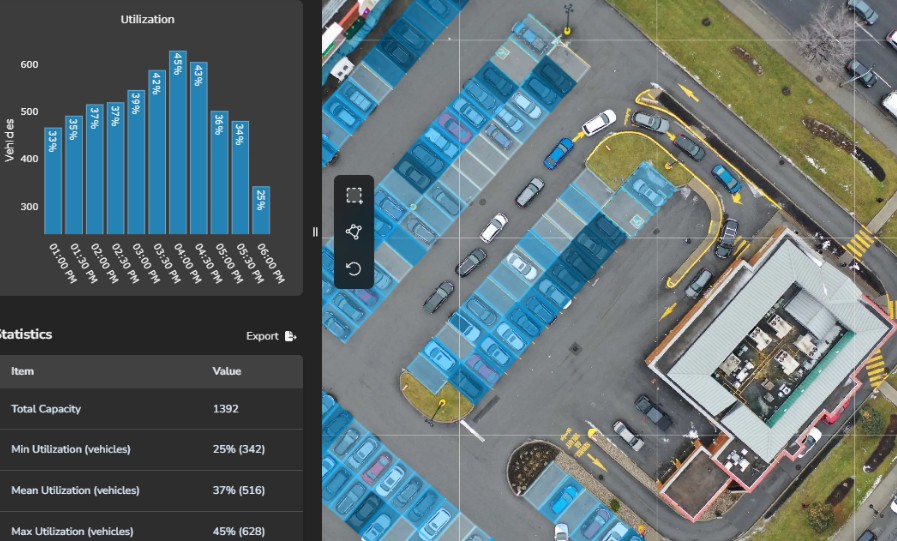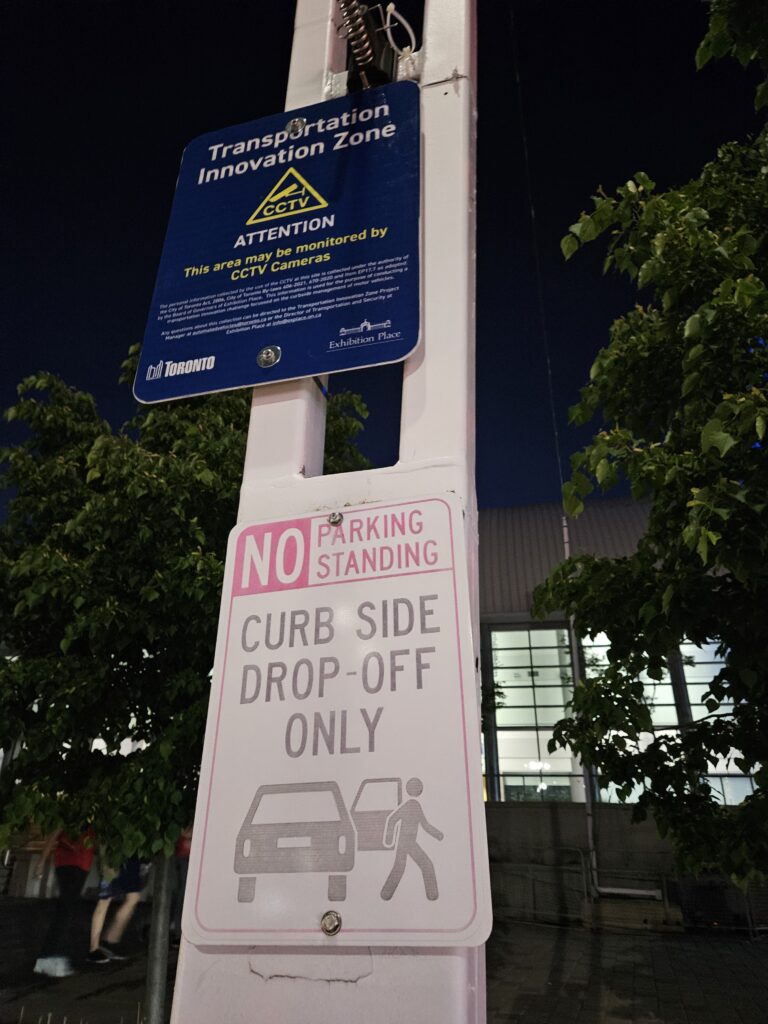A couple of weeks ago, Parkicity’s Peter Richards had a ‘Curbside Conversation’ with Journey’s Lauren Mattern. You can read the entire conversation, ranging from best practices to favourite curbside studies, on Journey’s website. Since, like the curbside, some people prefer quick turnover, this post extracts a portion of that article for your reading please. Below you can read the complete discussion on Curb Data and Curb Technologies.

How much data is *really* needed?
Lauren: Some – but not as much as you think. We basically get what we have regulated for – so if a client has short time limits and we know how limiting that is on usage rates, I hate to see them spend a lot on counts unless they need it for local political conversations and would advocate for sampling. I’m a big fan of using meter data extensively – something cities already have – and testing some occupancy to understand how good of a proxy payment data can be.
Pete: I guess it depends on the goal and the client. I am a big believer in curb supply (or inventory), as it sets the stage for equitable, holistic analysis and understanding the trade offs.
In terms of demand or utilization data, again it depends on the goal. I think periodic seasonal data could be all that is needed for some studies and municipalities (such as using drones via Parkalytics). Similar to your thoughts, another good and “free” source is transaction data, which I don’t think has been used to its full effect and is a large source of untapped data with a wide user base.
However, some curbs require what I call “always on” data, be it cameras or sensors. Sometimes they can be overkill, but they can provide very granular data, which could also be augmented with transaction data to complete the picture.
How is that for a wishy wash answer?

Lauren: No, I agree – it depends on the policy questions needing answering – it’s very contextual and not a canned, standard response. I love having robust data but of course we need to know going in how it will be used, maintained and updated for it to be super useful for the medium or long-term. Having robust data sets is really a long-term relationship, not a one-time effort! There is definitely a time and a place for doing some really in-depth collection. In the SFpark days the team was going to effort to try to measure the impacts on real world concerns – how much extra circling is taking place, any impact on business revenue from changes, etc. Of course you and I know that ideally you have data for both on- and off-street parking helps understand the full ecosystem. I must agree with you that a great inventory is an amazing place to start – how you keep it updated is a massive question that actually delves right into the operations of a whole transportation division.
In short, data and tech are wonderful tools but won’t get you out of the need for good policy common-sense.
When it comes to monitoring curb activity – whether it’s delivery zones, dwell times, or utilization – how do we know when to use real-time sensors, mounted cameras, GPS-based solutions, or just periodic manual surveys or flying a drone every few weeks?
Pete: We touched on this above, but it depends on the right tool for the task. Sometimes you need “always on” data. Sometimes you need to be able to see the vehicle and verify it is permitted in the space, and also automatically collect payment or enforce it. Sometimes there are areas where it is difficult, costly, or unsafe to collect data, where drones can cover a large area with one person, and a periodic drone flight and transaction data mashup gives you 80% of the insight at 20% of the cost. A lot of companies are starting to put together existing data with small spot checks, combined with some predictive modelling and interpolation, to calculate high quality estimates of demand. I think it boils down to cost, project goals and outcomes, accuracy required, study area size (and therefore scalability), and analysis of the alternatives.
Lauren: I try to think about all the use cases for the data sources: is this for planning purposes, for ongoing inventory, or for daily operations? The longer-term moves like having an updatable inventory and ongoing trackable data sets require a long-term relationship with your data set and a very different approach to budget and staffing sustainability. It’s critical to make sure those type of solutions have operational durability and buy-in to avoid wasting money. Other data tools give you a small sample from which to extrapolate meaning. That’s great too – and the important thing is not to confuse the use cases.
What role should private companies play in curb management? Are we overcomplicating the curb with too much tech?
Pete: I think a lot of the parking policies that Donald Shoup envisioned when he wrote The High Cost of Free Parking are only recently easily technically possible, through the advent of many of these curb management software and hardware companies. Things like real-time availability and dynamic pricing are not really things that cities can easily provide without these tech companies. Even something seemingly as simple as understanding and maintaining your curb inventory digitally is something the vast majority of cities struggle to do themselves. That being said, I do think some companies are solutions in search of a problem, and while the theory may make sense, the solution is not grounded in reality. It is tech people attempting to wade into transportation without the background and ‘boots on the ground’ experience that is often needed.
Lauren: Agree – technology has unlocked much improved management opportunities for parking in particular. The advent of wireless meters, license plate software, mobile payments, and easier data tools has unlocked so much. Other challenges are harder to solve for: managing loading demand requires different tools. Asking “is this scalable” and “is this durable” usually helps sort what will last. Of course there is a learning curve for some tech worth learning from. But, I do still see some overselling of immediate potential for tech solutions at the curb. I don’t mind testing things – but endless piloting can become a distraction from good policy fundamentals. The digital inventory aspect is always important – but that’s an extremely long-term decision that should be robust enough to last for generations of practitioners, ideally.
Curbs are an evolving topic – let us know what you found most helpful or want us to chime in on next. Reach out if you want to talk about curb strategies.
Peter Richards can be reached at pete@parkicity.com and at Parkicity’s website.
Lauren Mattern can be reached at lauren@journeymobility.co and at Journey’s website.